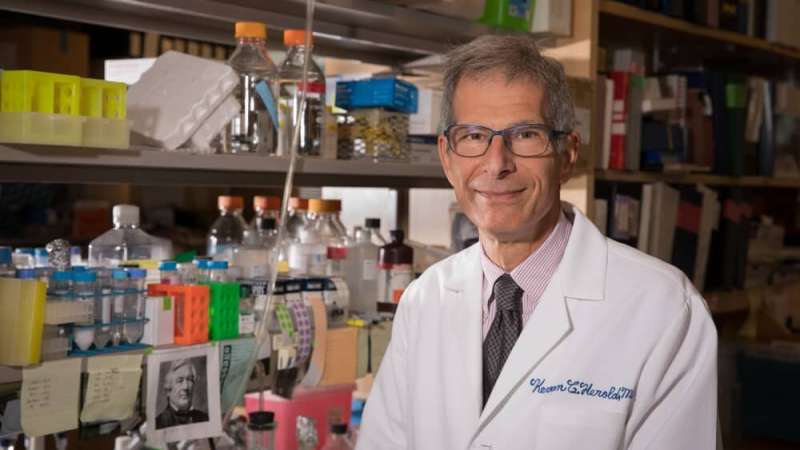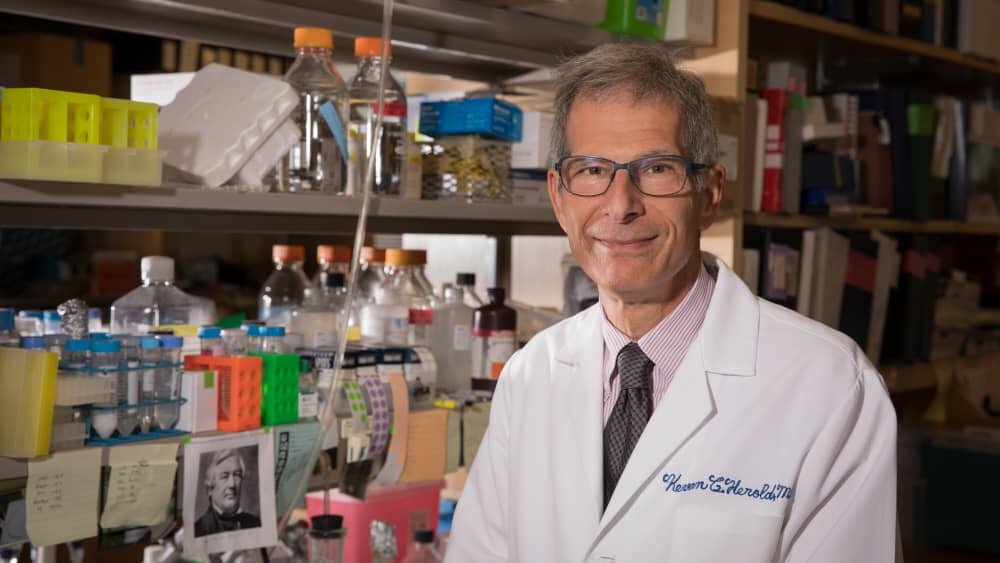
The Food and Drug Administration (FDA) recently approved a medication that can delay the onset of type 1 diabetes. This marks the first treatment to change the course of this autoimmune disease since the discovery of insulin in 1922.
Type 1 diabetes, also known as type 1 diabetes mellitus, is a chronic disorder characterized by high levels of glucose in the blood due to the pancreas making little to no insulin—a hormone needed for glucose to enter the body’s cells and for survival.
Each year, around 30,000 Americans (of all ages) receive a diagnosis of type 1 diabetes. It is one of the most common chronic diseases of childhood, impacting between 1 in 300 to 1 in 600 school-aged children. Type 1 diabetes is a lifelong condition that requires constant insulin therapy and diet management.
Researchers say the drug postpones the median onset of the disease by at least two years. The medication is delivered through a daily infusion for two weeks.
Kevan Herold, MD, a Yale Medicine endocrinologist, was the principal investigator of the new medication, called teplizumab, made by Provention Bio. Provention will partner with Sanofi to market the drug in the U.S. and sell it under the brand name Tzield.
We talked with Dr. Herold, who answered three important questions about the drug and the future of diabetes management.
How does this new diabetes medication work?
Teplizumab is a monoclonal antibody that modifies T cells in a way that prolongs the pancreas’ ability to create insulin. The drug is specific to a molecule called CD3, which is the “cognate” component of the T cell, Dr. Herold explains. This modulates the immune cells and prevents them from attacking the cells in the pancreas that produce insulin.
Why is this type 1 diabetes development important?
“Diabetes is a disease that is with you literally every minute of the day. You don’t sleep, exercise, or eat without thinking about your metabolic control,” says Dr. Herold. “People with diabetes will tell you that any time without the disease is a gift, particularly for young children and their parents. Some ask, ‘If you’re still going to get diabetes, what’s the big deal?’ But when you’re an eight-year-old child, if the time at which you need to take insulin, follow a prescribed diet, and monitor your blood sugar is delayed for two more years, that’s huge.”
In childhood, those extra years matter—a high-schooler, for instance, may be better equipped to handle the burden of a chronic disease than a middle-schooler. The delay also reduces the amount of exposure over time a patient has to the high blood sugars that cause a wide range of health complications. And as therapies for diabetes continue to evolve, there will likely be more improved and convenient options for patients.
What’s more, for half of patients, Dr. Herold says, their delays will be much longer than that. For instance, one high school student in this trial was diabetes-free for 11 years after treatment with teplizumab.
What’s next for type 1 diabetes treatment and cure?
Dr. Herold says he views this approval as the starting point to prevent the disease from occurring or even to restore lost cells. Combining treatments may prolong and enhance responses in those at risk for type 1 diabetes. In addition, replacing the insulin-producing cells that have been destroyed—even with stem cell-derived beta cells, together with teplizumab, may be an effective combination, he adds.
Source: Read Full Article
